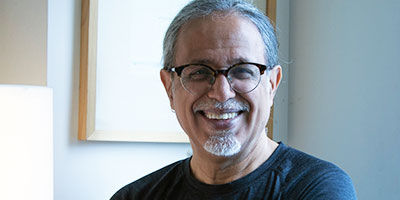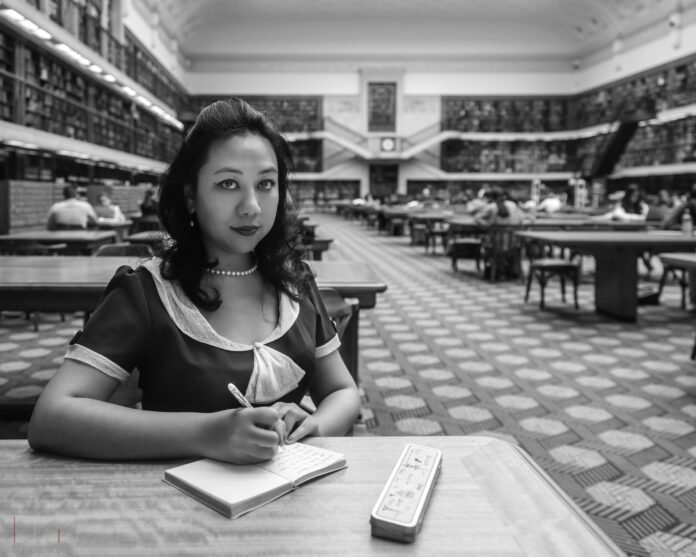In the realm of contemporary art, where aesthetics often dictate value, the works of Pakistani artist Khalil Chishtee, as highlighted in “https://multigrafico.com/khalil-chishtee-no-todo-el-arte-es-belleza/”, challenge the conventional understanding of beauty. His sculptures, created primarily from discarded materials like plastic bags, force viewers to confront the essence of art beyond mere visual appeal This article delves into the philosophy and impact of Chishtee’s art, underscoring the idea that not all art is beauty.
The Genesis of Khalil Chishtee’s Artistic Journey
Khalil Chishtee’s journey into the world of art is as unconventional as his creations. Born in Lahore, Pakistan, Chishtee initially pursued a career in architecture. However, his passion for sculpture soon overshadowed his architectural endeavors. Drawing inspiration from the complexities of human emotion and the impermanence of life, he began to experiment with unconventional materials, leading to his unique artistic style.
The Philosophy Behind Chishtee’s Art
Challenging Conventional Beauty
Chishtee’s art revolves around the notion that beauty is not a prerequisite for meaningful art. He believes that art should provoke thought and elicit emotional responses rather than merely pleasing the eye. His sculptures, often depicting human figures in various states of distress or contemplation, challenge viewers to see beyond the superficial and engage with the deeper message.
Embracing Impermanence
A recurring theme in Chishtee’s work is the transient nature of existence. By using ephemeral materials like plastic bags, which are prone to degradation, he underscores the fleeting nature of life and the inevitability of decay. This approach not only questions the permanence of art but also reflects on the temporality of human experiences.
The Unconventional Materials: A Medium for Expression
Plastic Bags as a Canvas
Khalil Chishtee’s choice of plastic bags as his primary medium is both a statement and a challenge. These everyday, often discarded items are transformed into poignant sculptures that carry profound messages about sustainability, consumerism, and the human condition. The use of such materials is a critique of society’s wastefulness and a call for a more conscious approach to art and life.
The Environmental Implication
By repurposing plastic waste into art, Chishtee highlights the environmental impact of human activity. His sculptures serve as a visual reminder of the consequences of our consumption habits, urging viewers to reconsider their relationship with the environment.
Key Works and Their Impact
“In Loving Memory”
One of Chishtee’s most notable works, “In Loving Memory,” is a series of life-sized human figures crafted entirely from plastic bags. These sculptures, with their hauntingly expressive forms, explore themes of loss, memory, and the passage of time. They have been widely acclaimed for their emotional depth and the innovative use of materials.
“Unseen Voices”
This installation features a collection of faceless figures, each representing marginalized individuals whose voices often go unheard. The absence of facial features symbolizes the loss of identity and agency faced by many in society. This work is a powerful commentary on social invisibility and the need for empathy and recognition.
The Global Influence of Khalil Chishtee
Bridging Cultures Through Art
Chishtee’s work transcends cultural boundaries, resonating with audiences around the world. His art, with its universal themes and innovative use of materials, speaks to the shared human experience and the interconnectedness of global issues such as environmental degradation and social inequality.
Exhibitions and Recognition
Chishtee’s sculptures have been exhibited in numerous prestigious galleries and museums worldwide, including the Brooklyn Museum in New York and the National Gallery of Pakistan. His work has garnered critical acclaim for its originality and thought-provoking content, earning him a place among the most influential contemporary artists of his generation.
The Evolution of Art in the Modern Era
Redefining Artistic Value
Khalil Chishtee’s approach challenges the traditional metrics of artistic value, which often prioritize aesthetics and material worth. His work advocates for a broader understanding of art, where value is derived from the message and impact rather than mere visual appeal.
Art as a Catalyst for Change
In a world facing unprecedented challenges, art has the potential to inspire change and foster dialogue. Chishtee’s sculptures, with their compelling commentary on social and environmental issues, exemplify how art can be a powerful tool for raising awareness and promoting positive action.
The Legacy of Khalil Chishtee
Inspiring Future Generations
Khalil Chishtee’s innovative approach and commitment to meaningful art continue to inspire artists around the world. His legacy lies in his ability to challenge conventions and provoke thought, encouraging future generations to explore new avenues of expression and redefine the role of art in society.
A Testament to the Power of Art
Ultimately, Chishtee’s work serves as a testament to the transformative power of art. By challenging the notion that all art must be beautiful, he opens up new possibilities for creativity and expression, demonstrating that the true value of art lies in its ability to connect, communicate, and inspire.
Conclusion: https://multigrafico.com/khalil-chishtee-no-todo-el-arte-es-belleza/
Khalil Chishtee’s art transcends traditional notions of beauty, challenging viewers to find meaning in the overlooked and discarded. His innovative use of materials and profound thematic explorations make his work a powerful commentary on contemporary issues. By redefining what art can be, Chishtee not only transforms plastic into poignant sculptures but also inspires a deeper appreciation for the message and impact of art in our lives.
FAQs
Who is Khalil Chishtee?
Khalil Chishtee is a Pakistani contemporary artist known for his innovative sculptures made from discarded materials like plastic bags. His work explores themes of impermanence, social issues, and the environment.
What materials does Khalil Chishtee use in his sculptures?
Chishtee primarily uses plastic bags and other discarded materials to create his sculptures. This choice of medium is both a critique of consumerism and a commentary on environmental sustainability.
What are some notable works by Khalil Chishtee?
Some of Chishtee’s notable works include “In Loving Memory,” a series of life-sized human figures made from plastic bags, and “Unseen Voices,” an installation representing marginalized individuals.
What themes does Khalil Chishtee explore in his art?
Chishtee’s art explores themes of impermanence, social inequality, environmental sustainability, and the deeper meanings of the human condition beyond conventional beauty.
Where has Khalil Chishtee exhibited his work?
Chishtee’s work has been exhibited in various prestigious galleries and museums worldwide, including the Brooklyn Museum in New York and the National Gallery of Pakistan.
Why does Khalil Chishtee use plastic bags in his sculptures?
Chishtee uses plastic bags to highlight the transient nature of life and to critique society’s wastefulness. The choice of such ephemeral materials underscores his message about environmental consciousness and the impermanence of human experiences.





